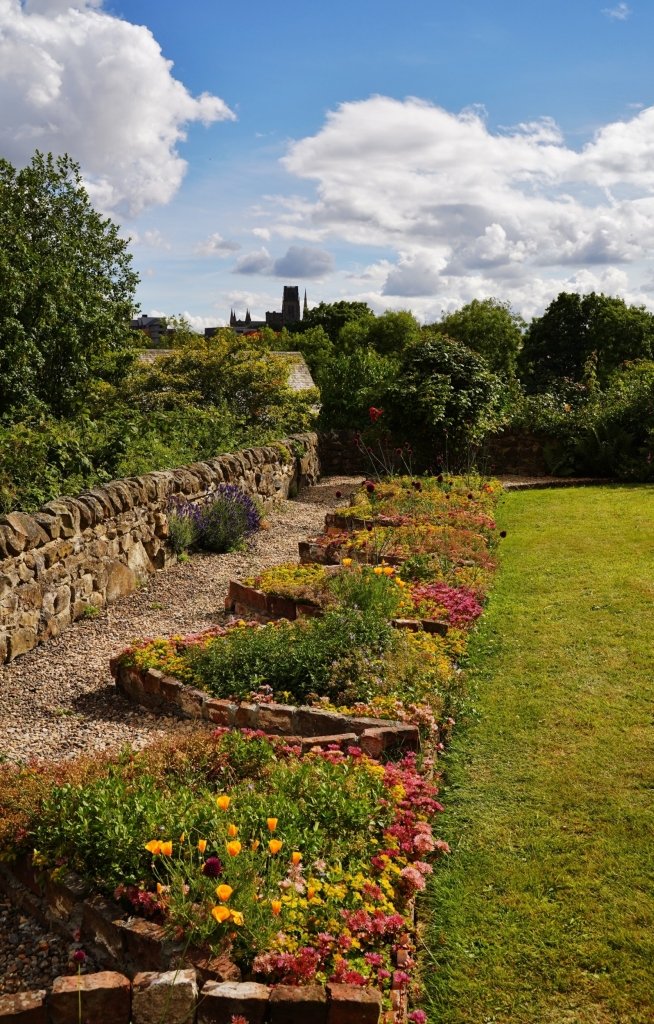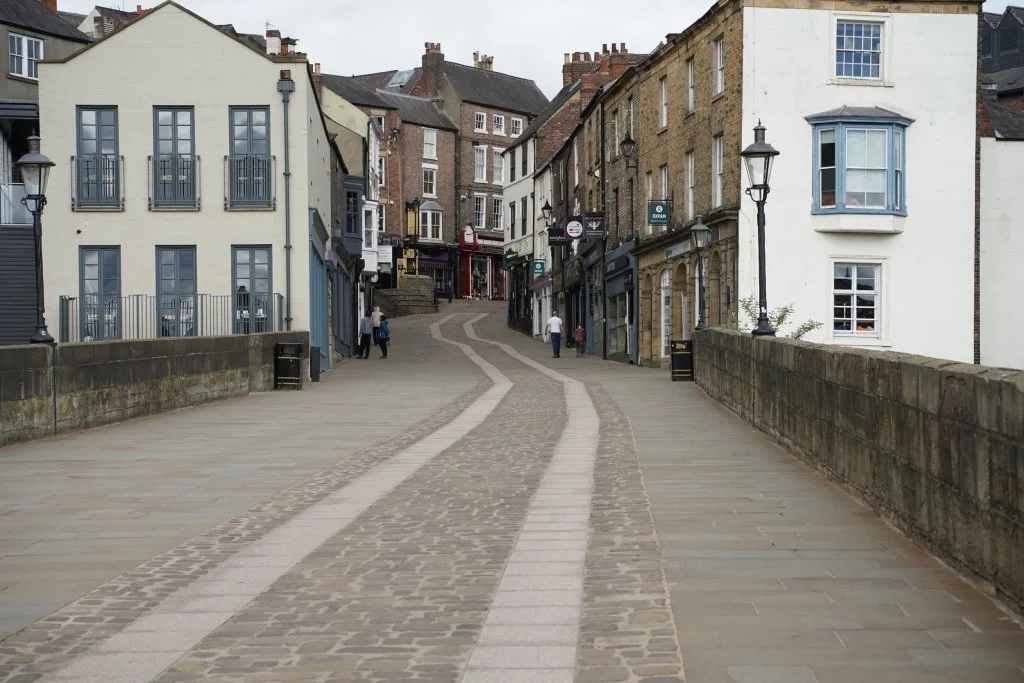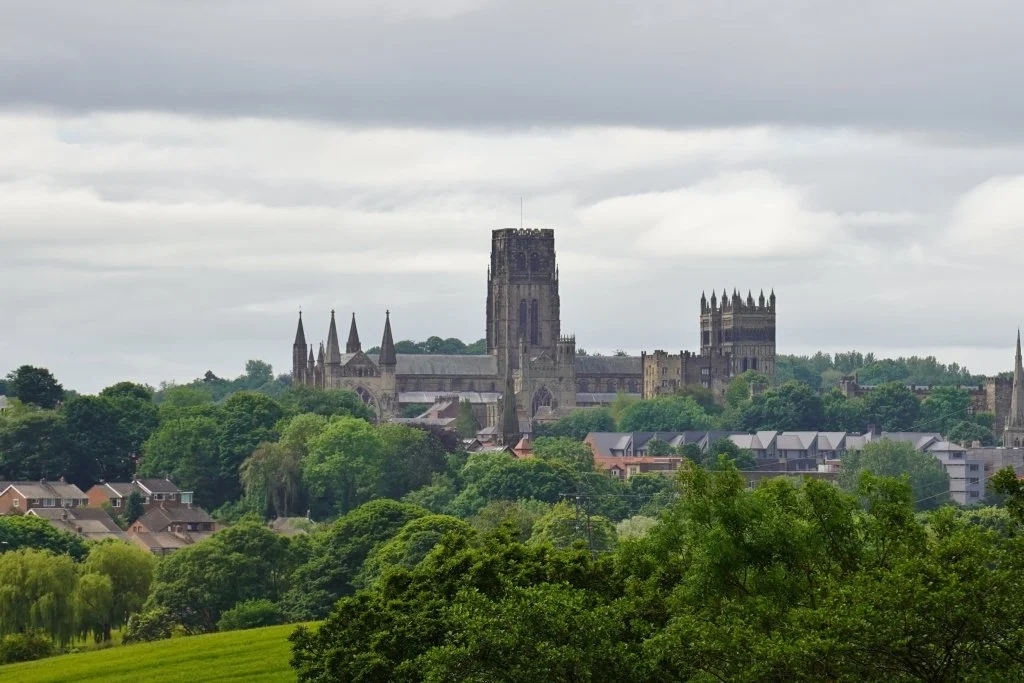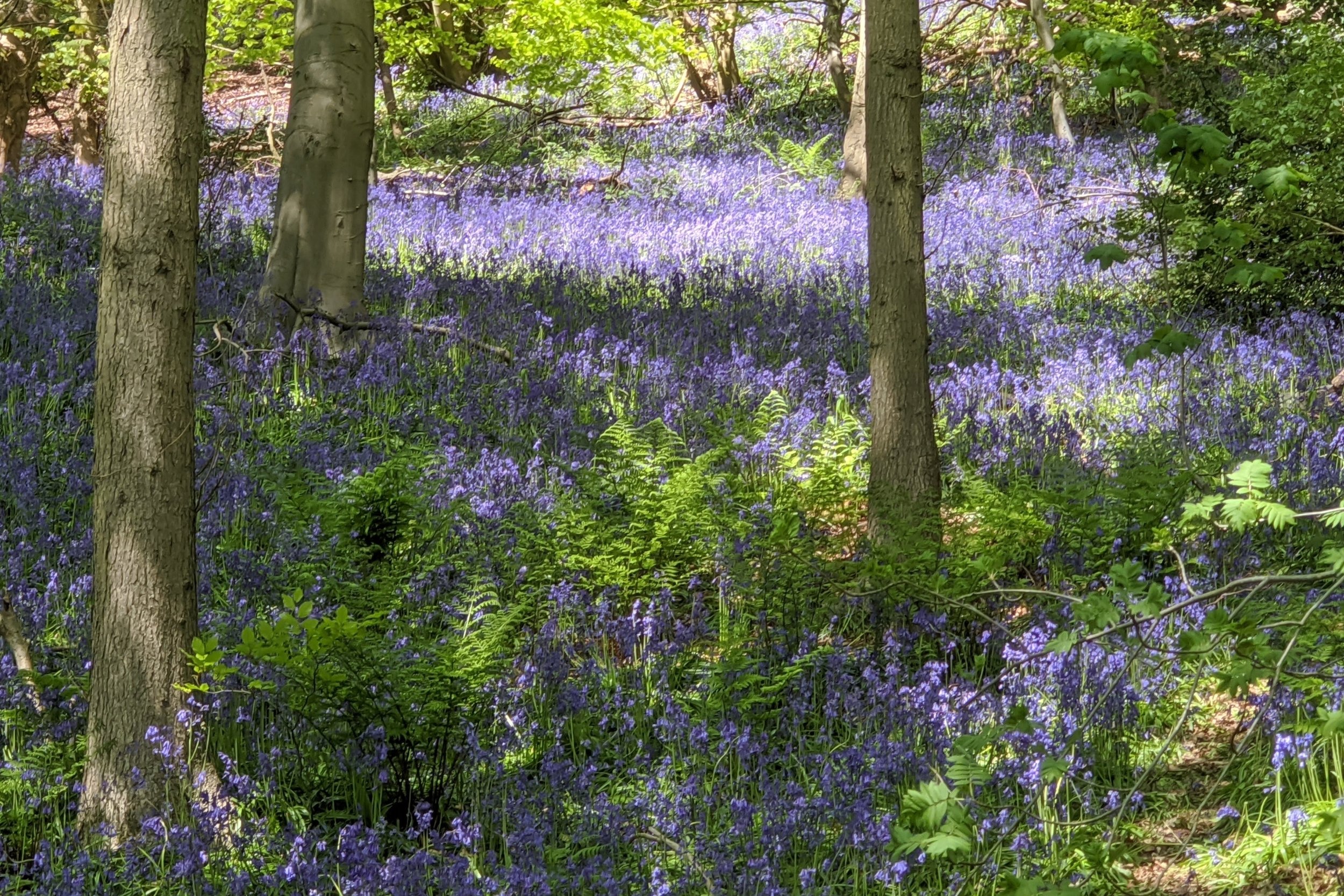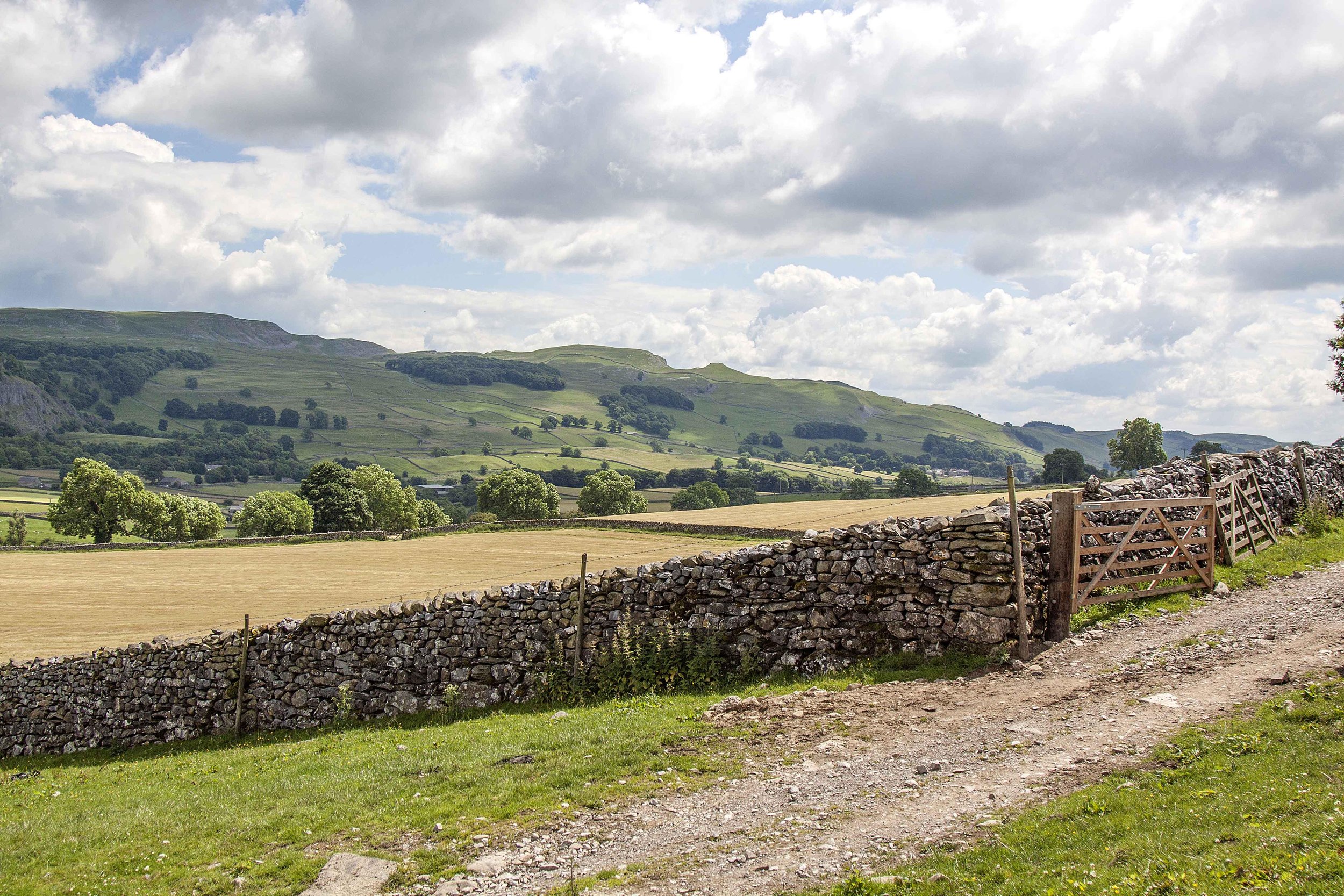Walks around Durham
Discover the beauty of Durham City with these scenic walks.
As Durham is such a compact city there are some pleasant walks within easy reach of the city centre. Some of them are listed here. Use the arrows below the images to scroll along. For more advice just ask at the Pointers Trike or contact us. Whether you’re a local or a visitor, these walks are the perfect way to explore Durham and appreciate its unique character. If you’re feeling more adventurous, why not try one of the suggestions in the Walks Further Afield section; these are local walks suggested by individual Pointers.
Whilst we do our best to keep this page up to date, do check with individual websites for the latest information
More walks
Need more information about walks around Durham City? You may also be interested in:
-
Durham Pointers have produced 3 detailed walks leaflets which give lots of interesting facts about the places you pass.
The walks all begin at the Market Place and stay close to the city centre. You can choose a 1, 3 or 5 mile walk.
The leaflets are available from our Trike in the Market Place during the season. If you don’t like steps, our Riverside walks without Steps leaflet is also available from the Trike or to download here.
-
Durham Cathedral have a series of themed riverside walk leaflets available on their website. Choose from photography, nature, geology, children’s, history, pilgrimage, orienteering. All walks start from the cathedral and are about 1-2 hrs long.
During the summer the Cathedral often run a series of guided History walks.
-
Many well qualified Blue Badge guides offer guided walking tours of Durham and it’s a great way to find out more about the city from a knowledgeable local. You can find a list of guides on the This is Durham website.
The Characterful Durham Tour focuses on Durham people from history. It leaves from the Journey statue in Millennium Square. Mon & Wed 11.00, 13.00, !6.00, 18.00 (Book ahead. 07445615173)
Walkbout Durham offers a choice of walking tours (History, Pub and history, Dark, Full Durham) that explore the places, people and folklore that have shaped our city's history. Private tours also. Daily options - see website for details. Booking essential. 07546381644
Walking with the Ghosts of Durham The Ghost Whisperer offers a entertaining 2.5hr walk around Durham. The tour reveals some of the stranger and darker history of Durham, as well as some of the paranormal and supernatural stories from in and around the city. Age 10+, under 16s with adult. 07939419474
Crook Hall NT: Join local history buff David Butler on Tuesdays to explore Durham's captivating history, from its Anglo-Saxon origins onwards. The walk will take you around the city centre, before returning to Crook Hall Gardens. Approximately 2 miles/3.2km.
The Story of Durham. Blue Badge Guide Graeme will bring your tour alive with humour, poetry and maybe even song. He gives an insight into the way of life, heritage and special features of the region. Phone 07712117044 to book
North East Tour Guide Ken offers personalised tours of the region. Email to book kenlm@phonecoop.coop 07591 468066
-
The ExplorAR Durham walking tour guides you around Durham’s key locations. With 360 degree panoramas, 3D models, interactive images and GPS, the tour provides a new insight into historic locations such as Palace Green, Old Shire Hall and Durham Marketplace.
The walking tour also engages users with a series of quizzes and treasure hunts – turning a stroll around Durham into an adventure.
Most of the tour’s content can be accessed remotely, making it suitable for people thinking of visiting Durham, or people who are unable to get to the city centre.
-
Heritage 100 aims to create a series of 100 circular walks and accompanying stories within County Durham. Some can be downloaded as pdfs.
Walks further afield
During the pandemic in 2020 Ruth, who is a Pointer and also a local walks leader, shared some of her favourite local walks on our Facebook feed. They are a very personal collection of ramblings and we think they’re worth sharing more widely. Some are within easy reach of Durham, others a day trip away. (Note: As these are personal reflections should you choose to undertake any of these walks this will be at your own risk).
You can read about the walks below, or download a more detailed version.
Tired from all the walking and need a cuppa?
Our Things to Do page tells you which attractions have their own cafes - you’re never far from a decent brew in Durham!




